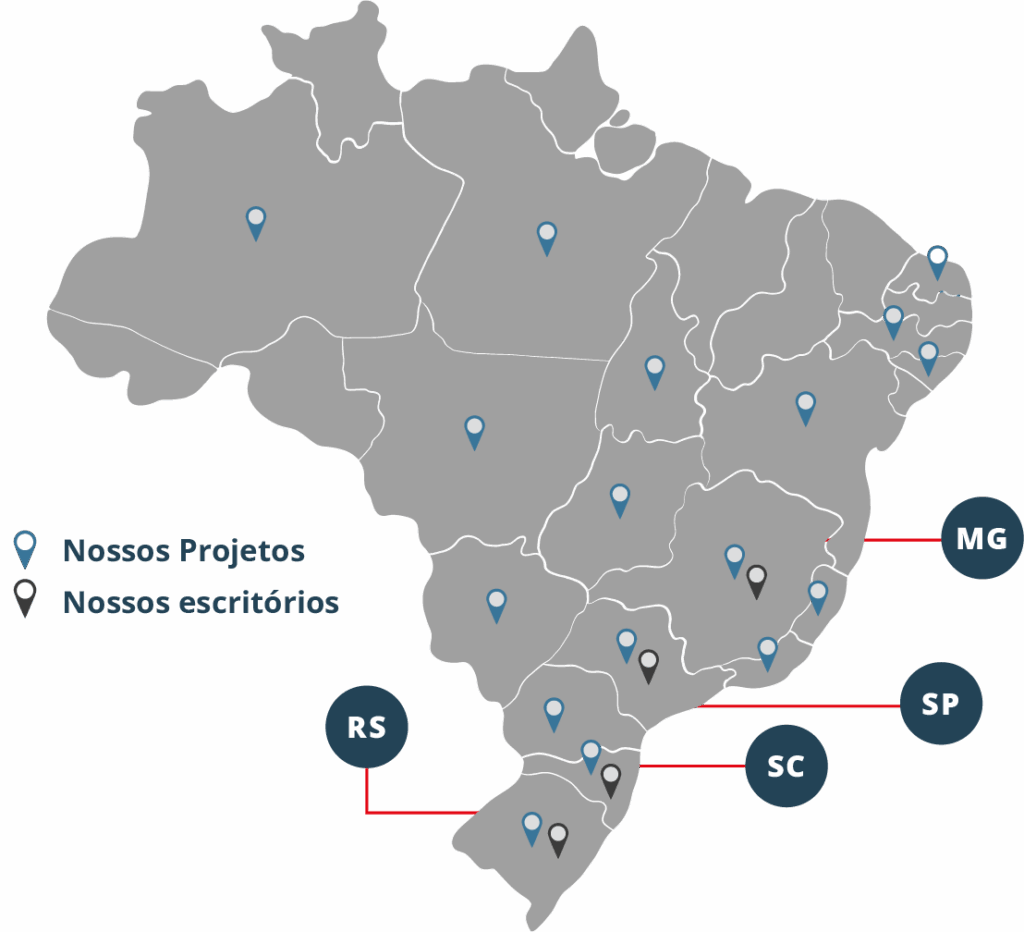Although architects, designers, and engineers are not yet widely accustomed to using alternative materials and techniques in construction, the question of new ways to design and build is increasingly present today. Lower costs and improved performance in key areas, compared to traditional methods, are seen as major advantages and are gradually capturing the market’s attention—despite the still cautious approach.
Below are three types of alternative materials that enable different, fully viable construction methods. Keep an eye on these innovations:
Natural Fibers
In construction, natural fibers can be used for cladding panels, insulation, and as reinforcement in concrete for roofing elements, foundations, and slope retention. Most of these fibers come from fast-growing species, easily cultivated in various soil types or even found as agricultural waste.
Examples include straw, cork, jute, bamboo, piassava, sisal, wood fiber, cellulose, coconut fiber, sugarcane bagasse, and banana fiber. One notable application is fiber cement, a mixture of natural fibers with cement and additives—an excellent alternative to asbestos fiber, which is carcinogenic and widely used in tiles, water tanks, and other elements.
Another example is the adobe brick, made from a mix of raw earth, water, straw, and sometimes cow dung. Molded by hand and dried in the sun, adobe offers low cost, high thermal performance, reduced pollutant emissions, lightness, elasticity, durability, and structural strength—though some limitations must be considered.
Banana Fiber
As one of the world’s largest banana producers, Brazil has great potential to use banana fiber in civil construction. The fiber is extracted from new banana shoots without harming the main plant, which continues to produce fruit. Additionally, the banana plant is often discarded after its first harvest, increasing organic waste and the risk of fungi development.
Instead, these residues could be reused—mixed with recycled paper, for example—to produce wall panels with acoustic properties (ideal for schools), furniture finishes, and more.
Cigarette Butts
Every day, around 13 million cigarette butts are discarded globally, releasing over 5,000 toxic substances into the environment. These pollutants can take up to 5 years to decompose, contaminating soil and water.
To address this, Abbas Mohajerani of RMIT University (Australia) developed a type of clay brick that incorporates cigarette butts. During firing, the toxins are trapped in the bricks, preventing contamination. This process is also faster and more energy-efficient than traditional methods. The resulting brick is lighter and offers better thermal insulation.
Used Tires
Approximately 2 million new tires are manufactured daily worldwide, and nearly 800 million tires are discarded annually—making tire disposal one of today’s major environmental issues.
Some builders are now incorporating used tires into construction, especially in low-income housing or quick-build projects. Possible applications include:
- Roofing, replacing ceramic, metal, or fiber-cement tiles
- Thermal insulation
- Asphalt pavement
- Structural walls, retaining walls, staircases, and drainage systems
- Foundation layers, where tires can be placed directly on soil without being affected by moisture
The rubber’s thermal mass and durability contribute to interior temperature stability without the need for HVAC systems. When properly filled with compacted earth and finished with plaster or clay, the structure gains strength and excellent thermal performance.
Sources: Setor Reciclagem, Ciclo Vivo, iConstruindo, ArchDaily, Universo Jatobá, Blog da Engenharia


